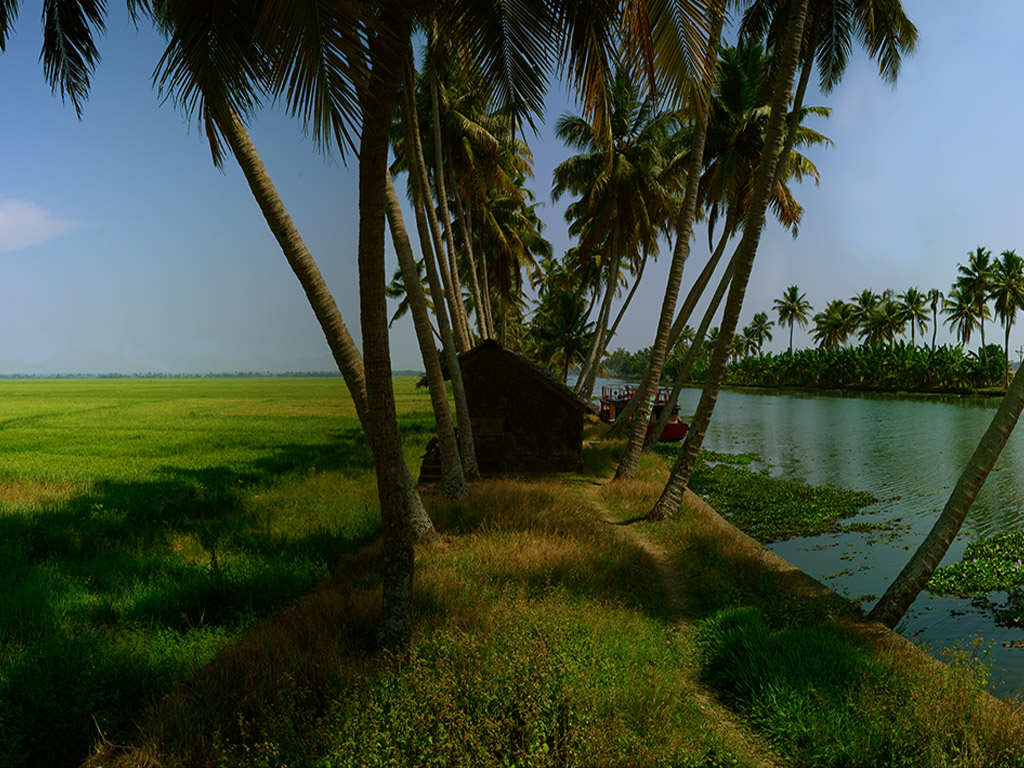

The Ramsar Convention, named after the venue, was an international convention on the wetlands. It came out with an inter-governmental treaty for “the conservation and wise use of wetlands and their resources”. The Vembanadu – Kol wetlands, one of the richest wetland habitats and the largest on the southwestern coast of India, has been identified as a Ramsar site as per the guidelines of the Ramsar Convention of 1971. It was declared as a Ramsar site of international importance in 2002.
Laypeople as well as those in power have begun to understand the relevance of wetlands as the life-support systems on earth. Apart from sustaining a variety of flora and fauna, they also play a key role in the prevention of floods and droughts.
The area of the Vembanadu- Kol wetlands is divided into two zones – the freshwater dominant zone and the salt water dominant zone. This distinction can be seen in all wetlands.
About 10 rivers feed the wetland system. Among these, four rivers – Meenachil, Manimala, Pampa and Achankoil – are the ones which enrich Lake Vembanad which stretches for about 60 km from the Thanneermukkam bund to Alappuzha. Studies show that the depth and surface area of the lake have reduced gradually due to land reclamation. As such, its declaration as a Ramsar site was a timely initiative.
 In and around Kumarakom - Some Must-Sees and Must-Dos In and around Kumarakom - Some Must-Sees and Must-Dos | Agricultural Activities in Kumarakom  |